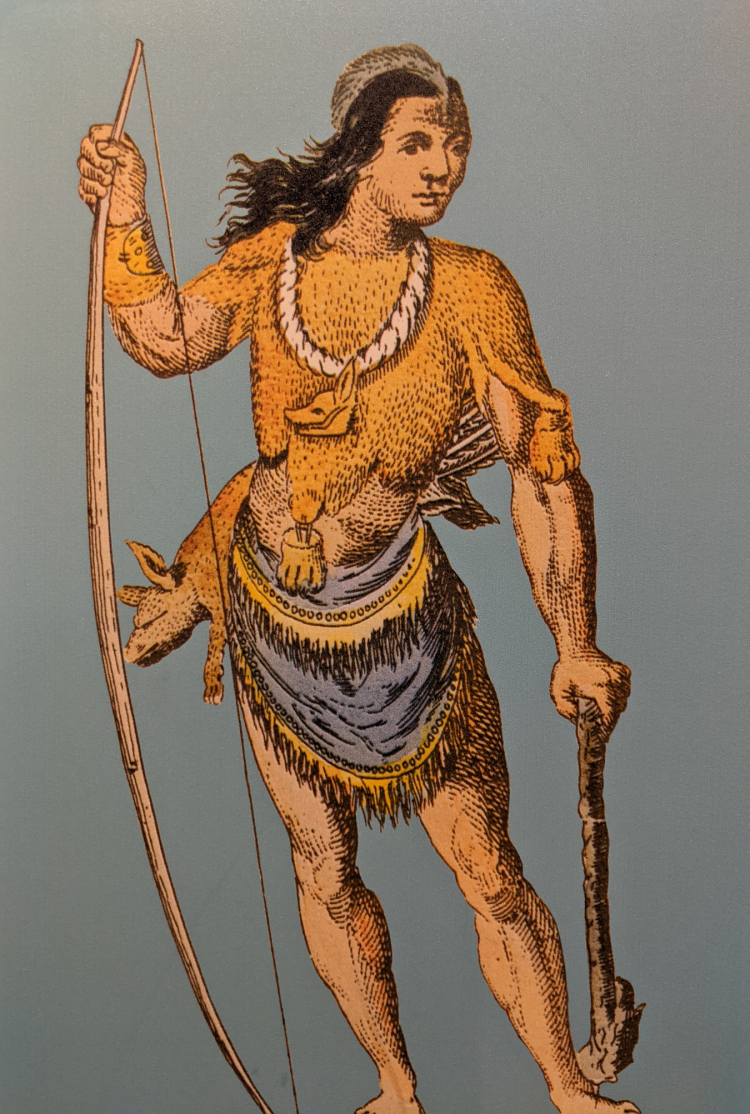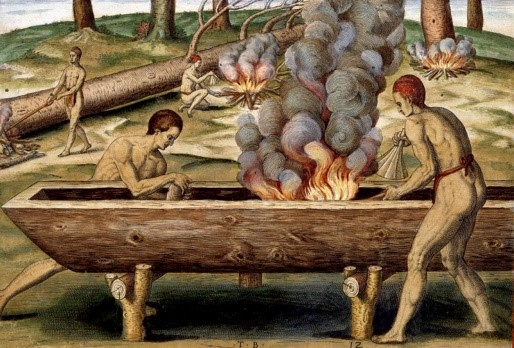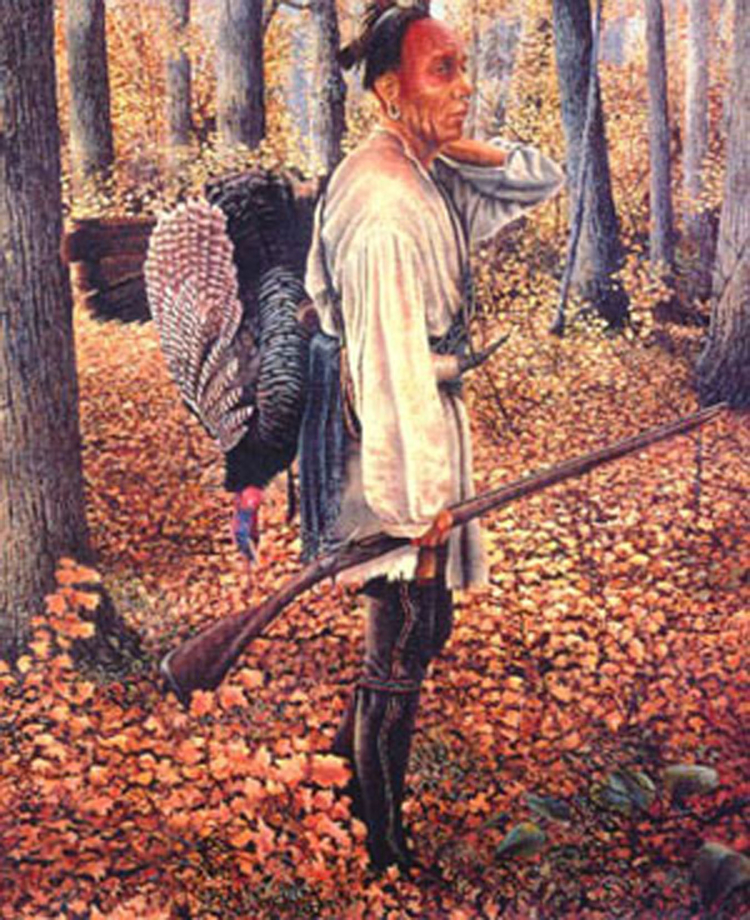The Susquehannock
A SHARED NAMESAKE

Susquehanna – the name that graces the longest river on the East Coast – is derived from the name Sasquesahanough, which was given to explorer Captain John Smith by his American Indian interpreter.
When Captain Smith first encountered an Iroquoian-speaking tribe in 1608, its people became known to the English as the Susquehannock, an Algonquian name meaning "people of the Muddy River."
The Susquehannocks were a small but powerful tribe; however, they eventually struggled to survive amidst wars with Iroquois nations, smallpox epidemics, and hostilities with European settlers.
The Susquehannock first migrated to the Susquehanna River valley nearly 500 years ago. Historical accounts suggest they were pushed south by the Iroquois and/or moved south to better control the fur trade.
They lived in one or two fortified towns at a time along the Susquehanna River in New York, Pennsylvania and Maryland, moving frequently as farmers and following the fur trade along the river and Chesapeake Bay. These skilled hunters and warriors made home to many of the islands in the Chesapeake.
Their trading partnership with all of the European powers was unmatched by any other tribe. They quickly over-trapped the Susquehanna valley and became a “middle-man” for furs from native groups in New York, Ohio, and Canada. Tensions between these tribes over the fur trade were fierce throughout the 17th century.
The Susquehannock were one of the most formidable tribes of the Mid-Atlantic region. Europeans seldom visited their villages, and the Susquehannock overwhelmed the Algonquian tribes along the shores of the Chesapeake. Longstanding enemies included the Iroquoian Seneca and Mohawk nations; allies included the French and Huron and, for a time, Maryland.
DUGOUT CANOES

For travel up or down the river, the Susquehannock used an extensive system of walking paths and dugout canoes. Made from hollowed-out logs, dugouts were more suited to the swift and rocky Susquehanna River, compared to the more fragile birchbark canoes that were commonly used by many northern American Indians.
Though too heavy and slow for long distance travel, dugouts were ideal for fishing and carrying cargo and people across the river.
Most dugouts were less than 20 feet long, but some were reported to be 50 feet or larger. There is evidence to suggest that they may have been sunk with rocks when not being used to keep them from drying out and cracking, and perhaps to hide them from potential thieves.
THE LAST TOWN
During the Beaver Wars, the Susquehannock successfully fought the larger Iroquois Confederacy with help from Maryland to acquire rifles. However, they were defeated by the Iroquois in 1675. They moved south near present-day Washington D.C., but problems on the frontier led to conflicts with local militias and the murder of five Susquehannock chiefs. They moved back to New York for the next 20 years but returned to the lower Susquehanna River valley.
In the 1690s, the Susquehannock built a village called Conestoga and became known locally as the Conestoga Indians. For many years, treaties kept the peace. However, in 1763, a group of anti-Indian vigilantes known as the Paxton Boys slaughtered six Susquehannock at Conestoga. Survivors were given protection at the jail in Lancaster city, yet the Paxton Boys returned and slaughtered the remaining 14 Indians.
A husband and wife known only as Michael and Mary were the only Susquehannock known to have escaped the massacres. They lived on the farm of Christian Hershey near Lititz, Pa. Their burial on the farm marked the end of the once powerful Susquehannock Indians.


More Information
More information about the history of the Susquehannock can be found at: